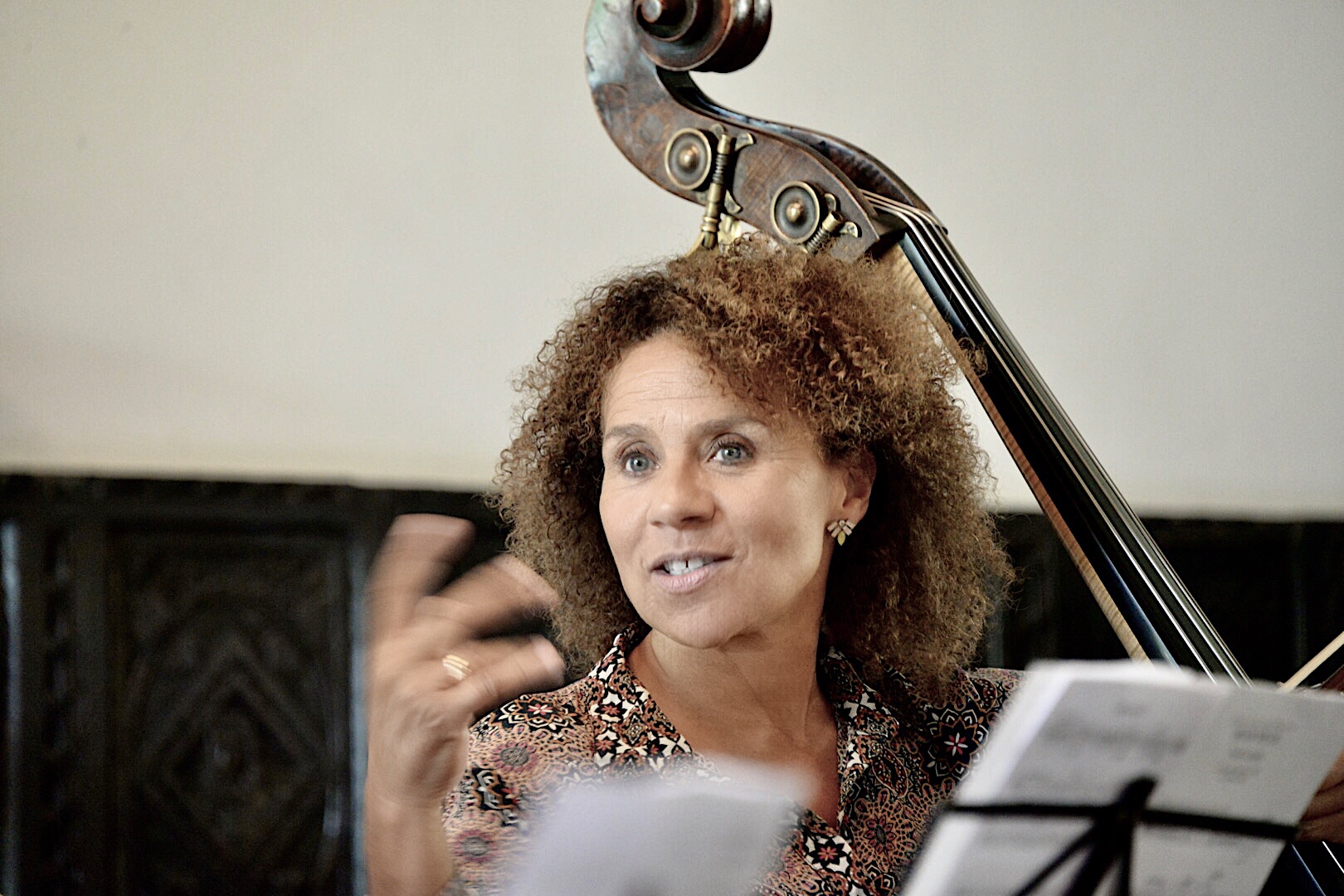Four Ways of Looking at the Music Academy
From Conferences to Concerts and More

This Music Academy of the West season, off to an exciting start, can be appreciated from more angles than ever before. Here are four ways of looking at the Music Academy, or MAW, suggested by events held thus far this summer.
The season began with the academy serving as a site for cultural leaders to meet and discuss the future of music. Now in its second year, the MAW’s Classical Evolution/Revolution conference on June 22 addressed the theme of the “arts as the cultural fabric of society.” To explore the challenging terrain of access and diversity, organizers invited a range of experts, from Los Angeles community theater makers to State Department officials. The presence and involvement of the winners of the academy’s inaugural round of Alumni Enterprise Awards showed that this was more than just talk about change.
In addition to the summer’s major announcement of a new four-year partnership between the Music Academy and the London Symphony Orchestra, there were other voices and perspectives from around the world present at Evolution/Revolution. Gillian Moore, director of music for London’s Southbank Centre, moderated the panel on Gender and Power Dynamics in Classical Music, and Chi-chi Nwanoku, the founder and executive director of Chineke! and a professor of double bass at the Royal Academy of Music, provided valuable insight into the blind spots within existing classical music organizations.
Chineke! is a British group that has the distinction of being the first professional orchestra in Europe to be made up of black and minority ethnic musicians. It has only been around since 2015, and already one of the group’s young members, cellist Sheku Kanneh-Mason, has become an international sensation, winning the BBC Young Musician award in 2016, going viral with a video of his performance at the 2017 BBC Proms, and eventually earning an invitation from Meghan Markle to perform at the recent royal wedding. Nwanoku’s extraordinary personal story and her tough-minded, honest critique of contemporary attitudes within the classical music establishment elicited heartfelt witness from several of the Music Academy fellows in the audience.
A second way to look at the academy is as a stage for experienced, world-class players to perform for an audience that includes their students. On Tuesdays, we sit with the fellows at the Lobero as they listen to their teachers demonstrate where chamber music performance is going. The concert on Tuesday, July 3, for example, presented the unusual and challenging Wind Serenade in E-flat Major, K. 375 by Wolfgang Amadeus Mozart as the final work in a sequence that included the early 20th-century French neoclassicism of Francis Poulenc; the edgy, late 20th-century neoromanticism of Polish composer Krzysztof Penderecki; and Failing: a very difficult piece for solo string bass, a witty piece by Tom Johnson from 1975 that includes a spoken-word element.
The Poulenc, scored for oboe, bassoon, and piano, introduced the evening’s main subject, which was the many colors and textures of the wind instruments. In Penderecki’s Quartet for Clarinet and Strings, faculty member Richie Hawley’s clarinet combined with violin, viola, and cello to explore the outer limits of sound and technique. And finally, after Nico Abondolo’s dexterous navigation of a very difficult piece for solo string bass, there was the Mozart, an extravagant five-movement work scored for eight wind instruments — two each of oboes, clarinets, bassoons, and horns. At this point, students and civilian audience members alike, steeped in the subsequent history of classical writing for winds, refreshed themselves at the source for 25 glorious minutes.
A third way to look at the Music Academy unfolds every Saturday night in the splendor of the Granada, where the Academy Festival Orchestra (AFO) does its thing. An exciting symphony orchestra with a rotating cast of distinguished conductors from on the podium, the AFO always has a surprise or two in store. On Saturday, June 30, maestro Larry Rachleff drew out all the nuances and set off all the fireworks in compositions by Hector Berlioz, Manuel de Falla, and Ludwig van Beethoven. The latter’s Symphony No. 6 in F Major, Op. 68 was particularly ravishing, with outstanding performances from the winds and brass.
Finally, a fourth aspect of the academy laid siege to the organization’s Miraflores location on Monday, July 2, when performers in the vocal program staged an OperaFest billed as a “campus takeover.” In practice, this meant that several scenes, the majority of them drawn from very recent operas, were played in different locations both in and out of doors as the audience moved from one site to the next. After this wild opening ride and a brief intermission, the complete audience gathered in Hahn Hall, where maestro Edwin Outwater conducted an electrifying version of Leonard Bernstein’s short opera Trouble in Tahiti. Judging by the terrific performances elicited by director James Darrah in the campus takeover scenes, the upcoming production of Mozart’s The Marriage of Figaro on August 3 and 5 will be a can’t-miss event.



